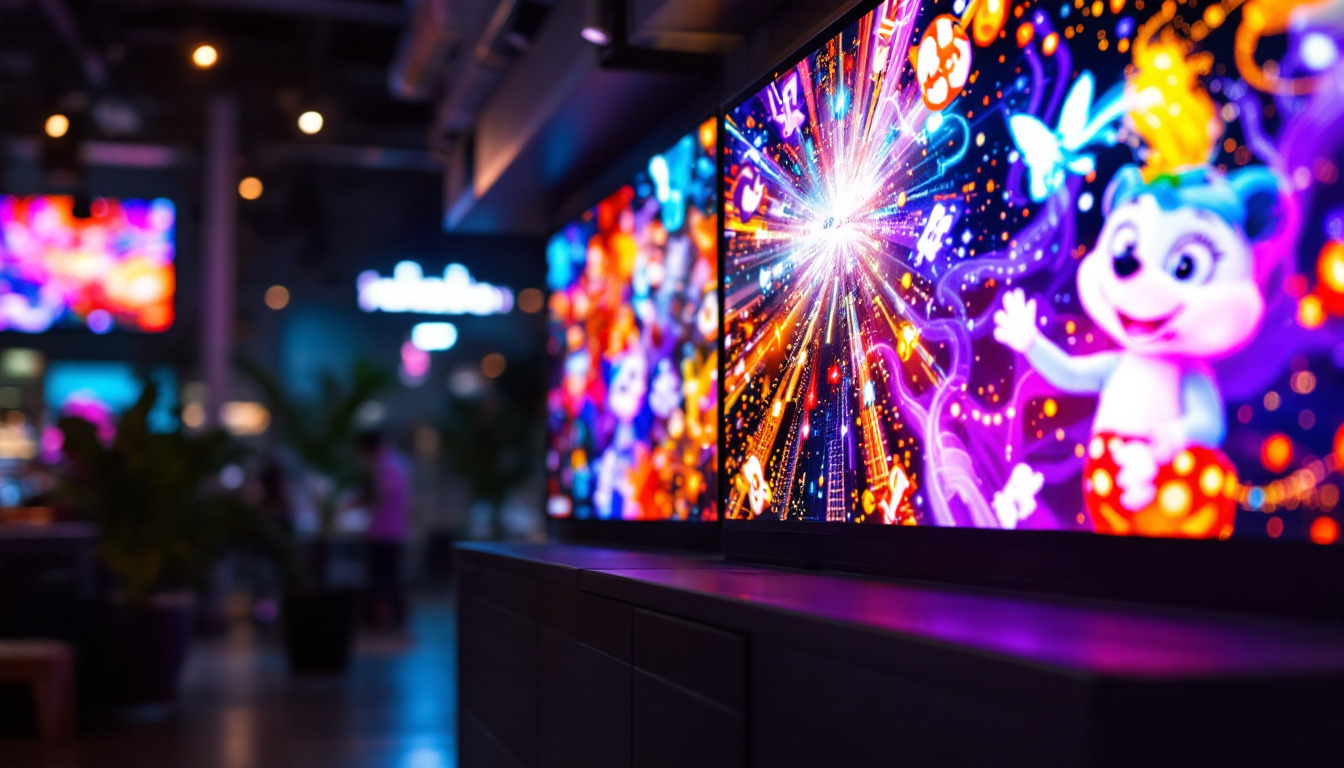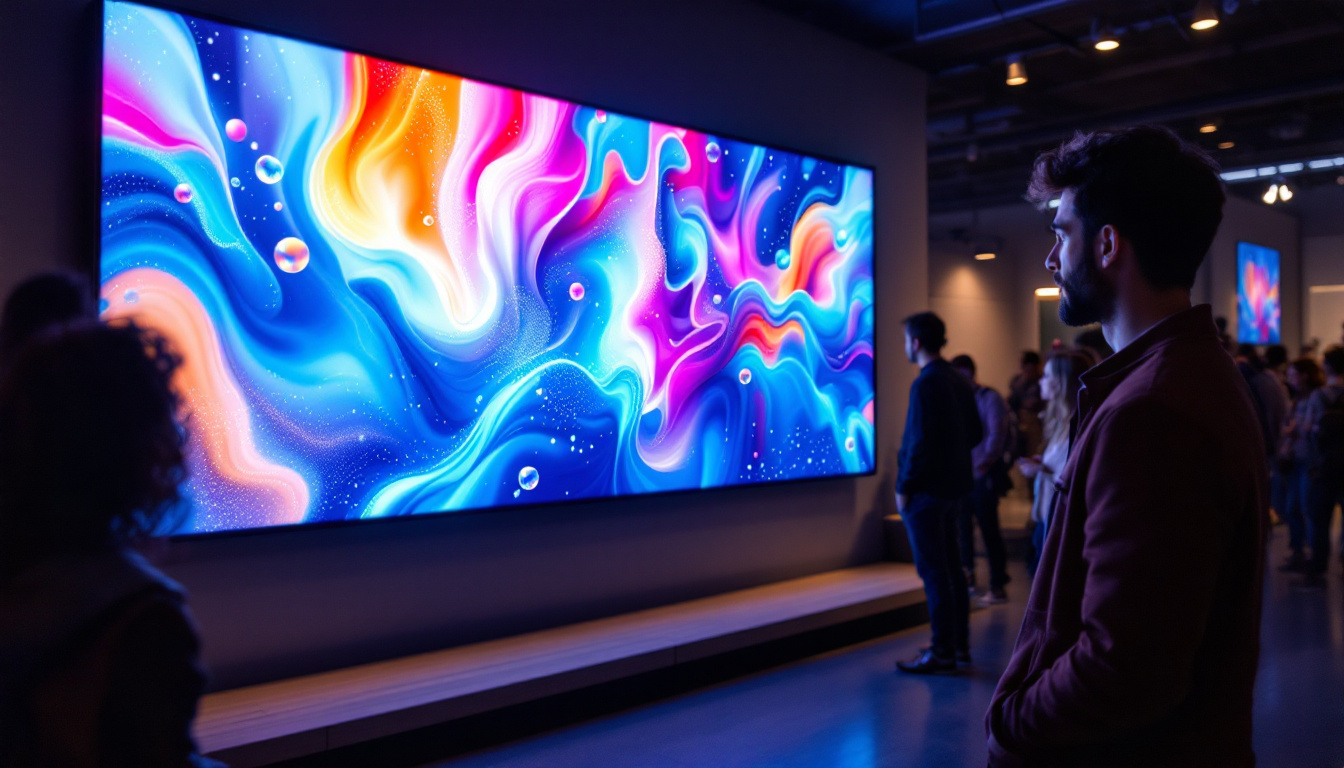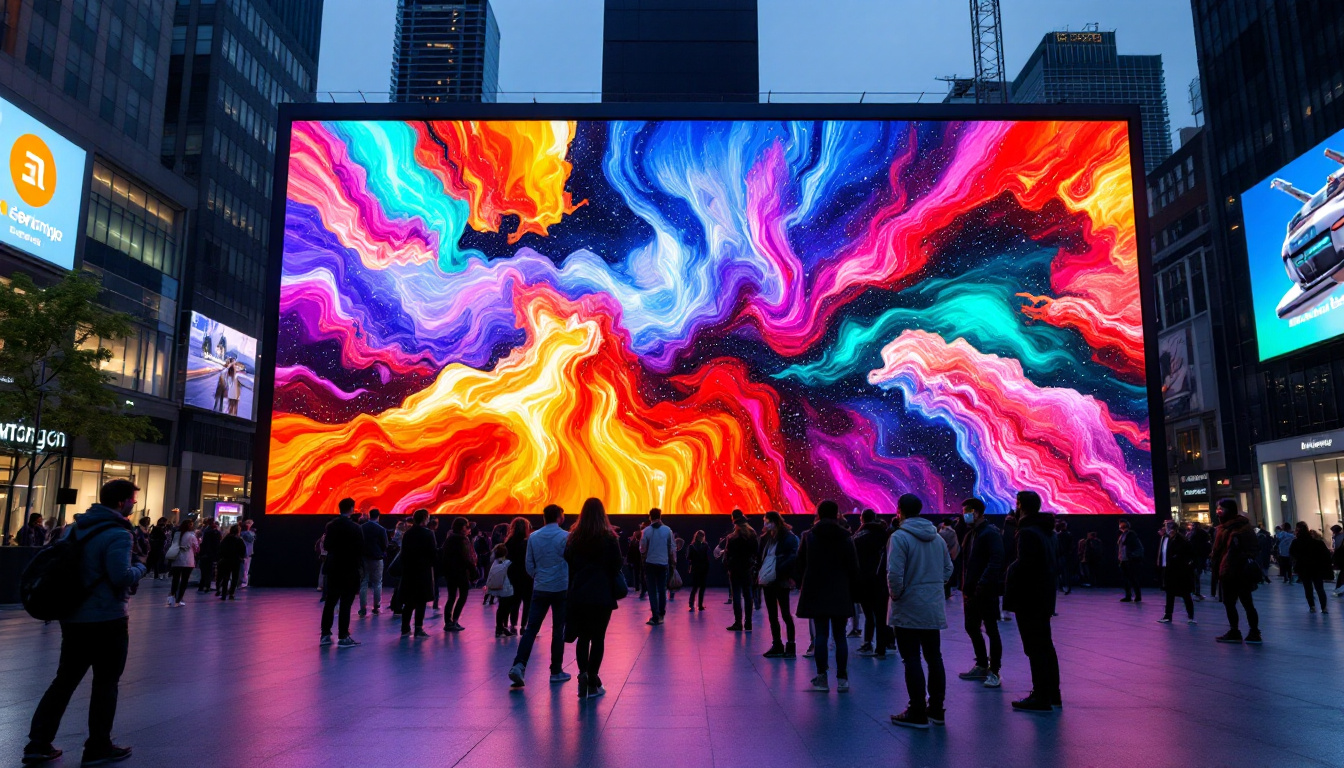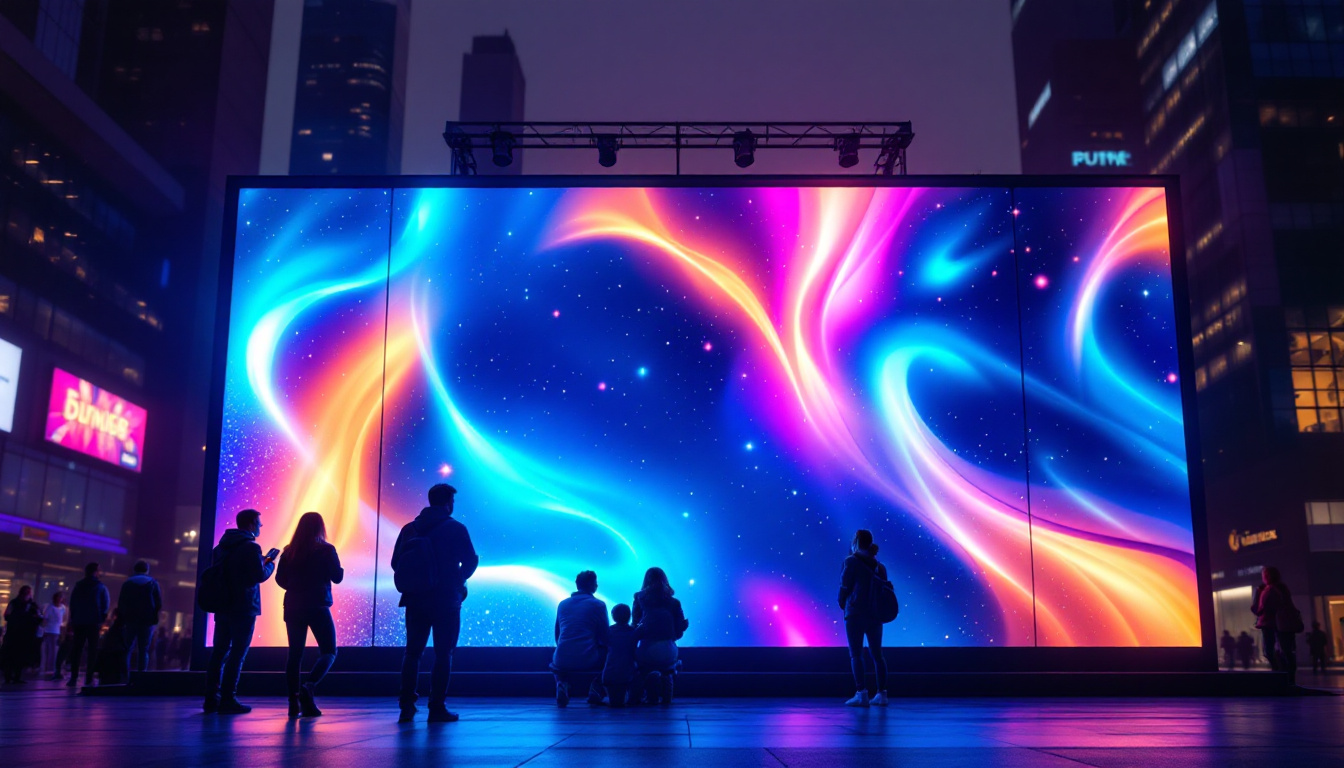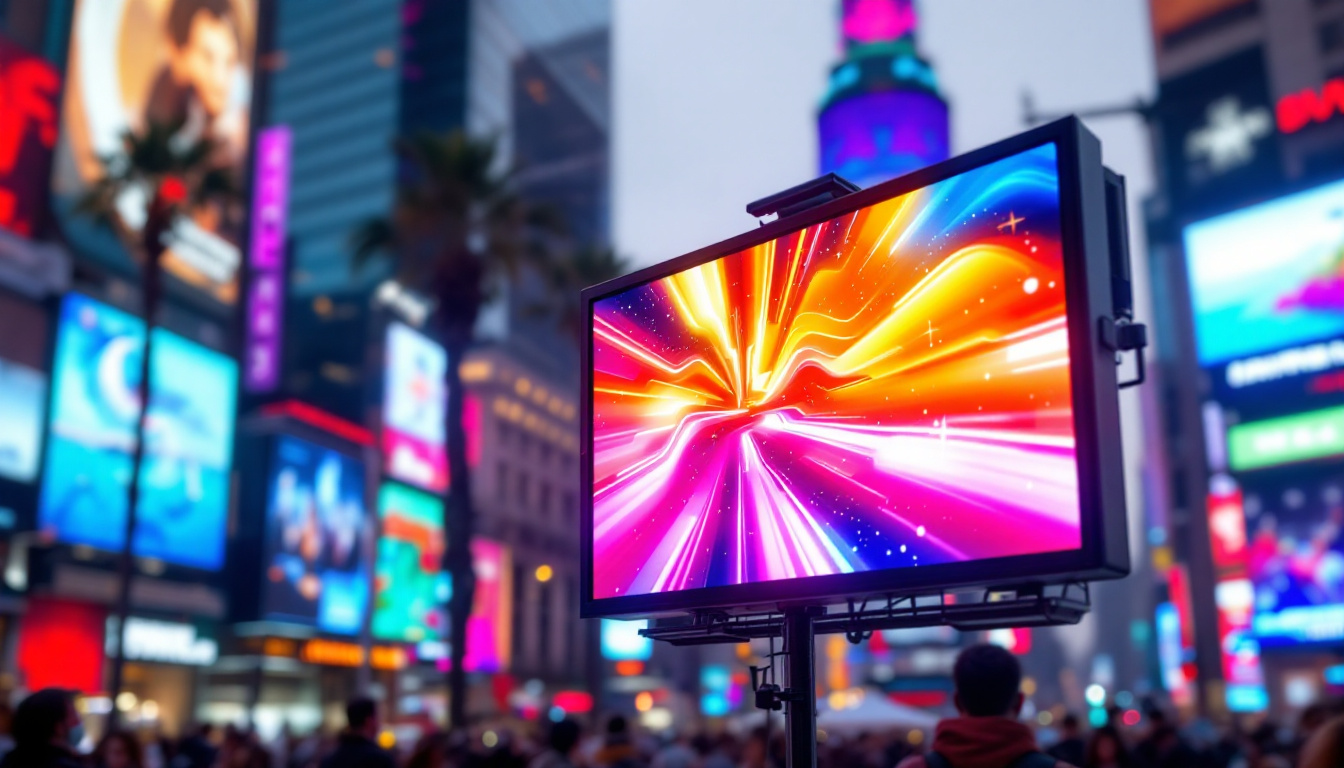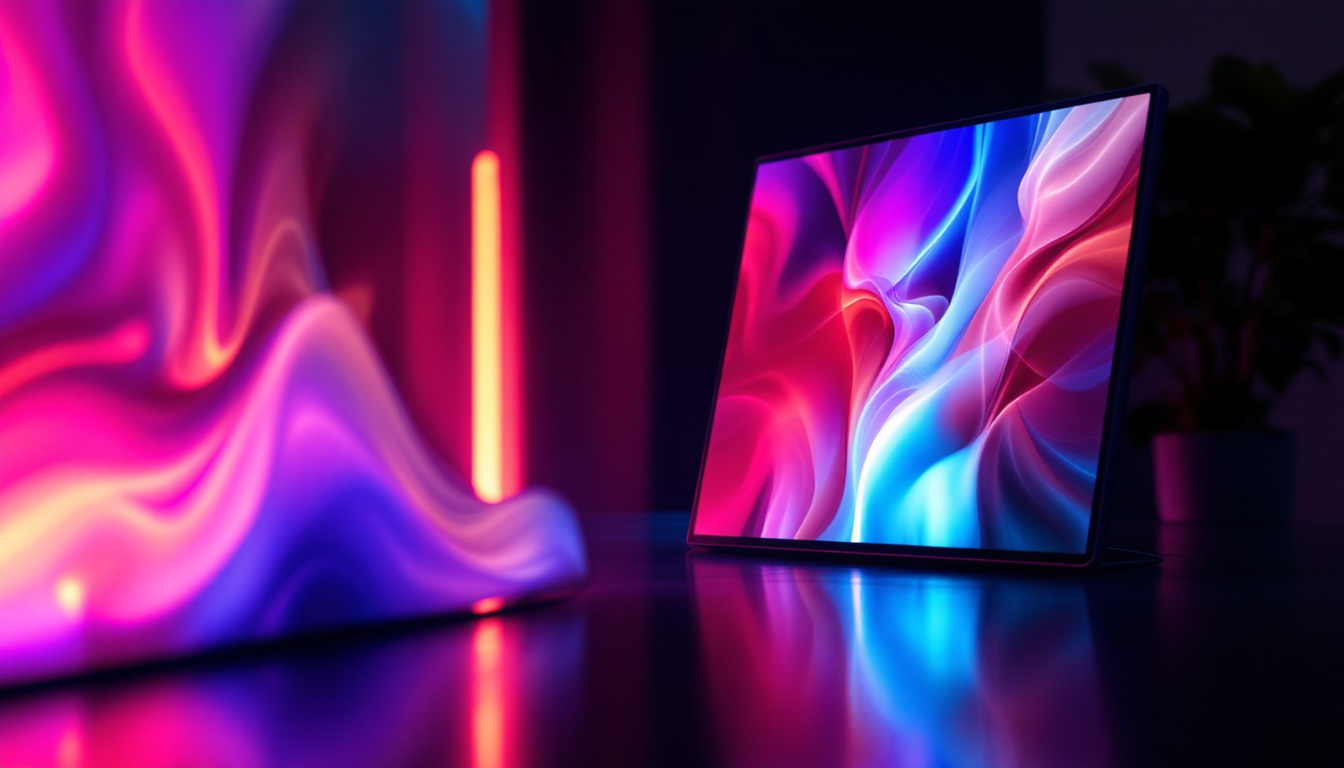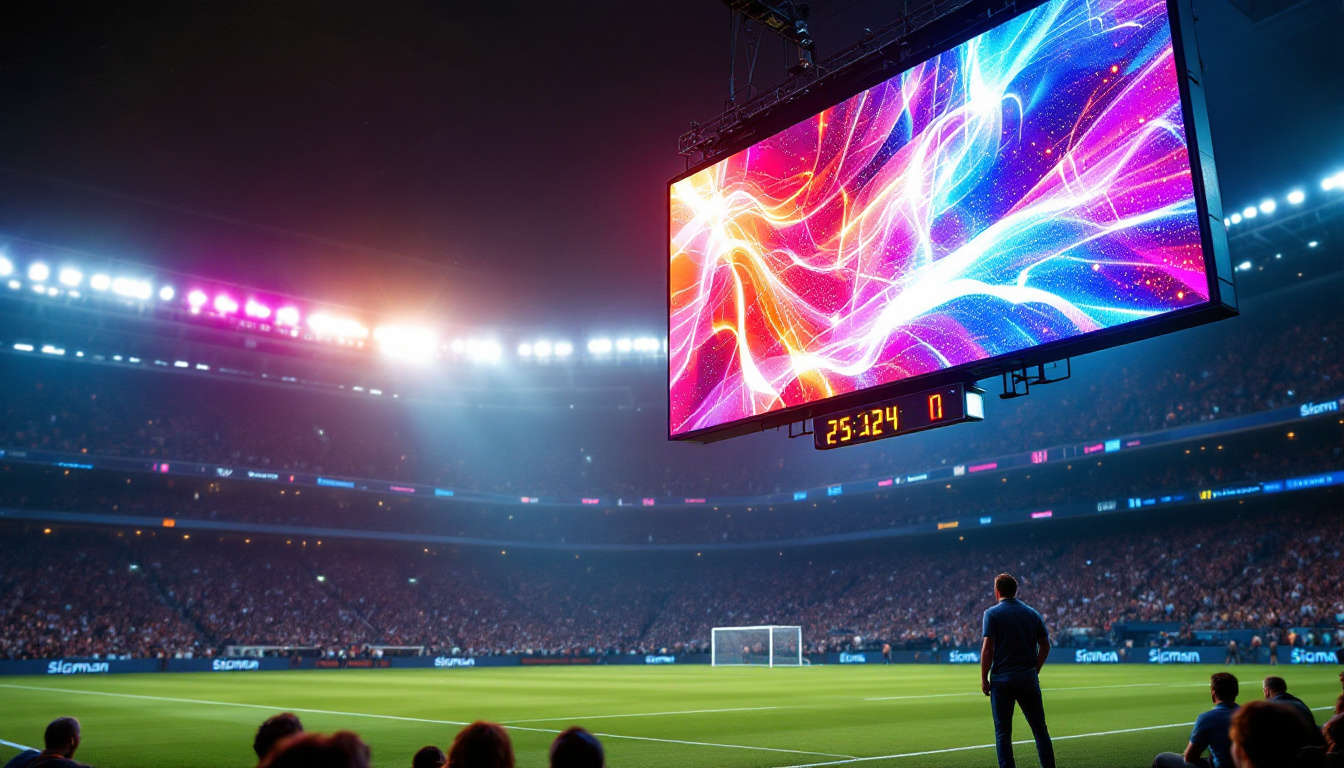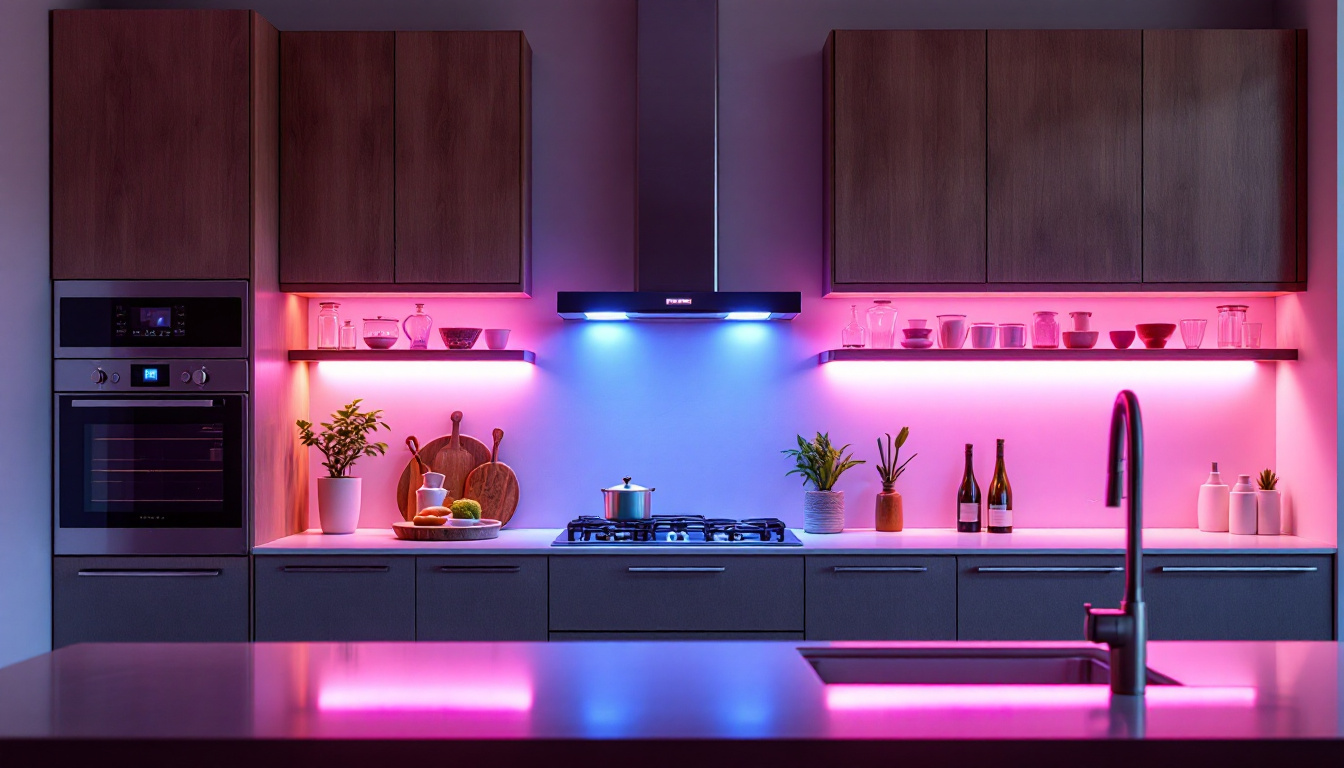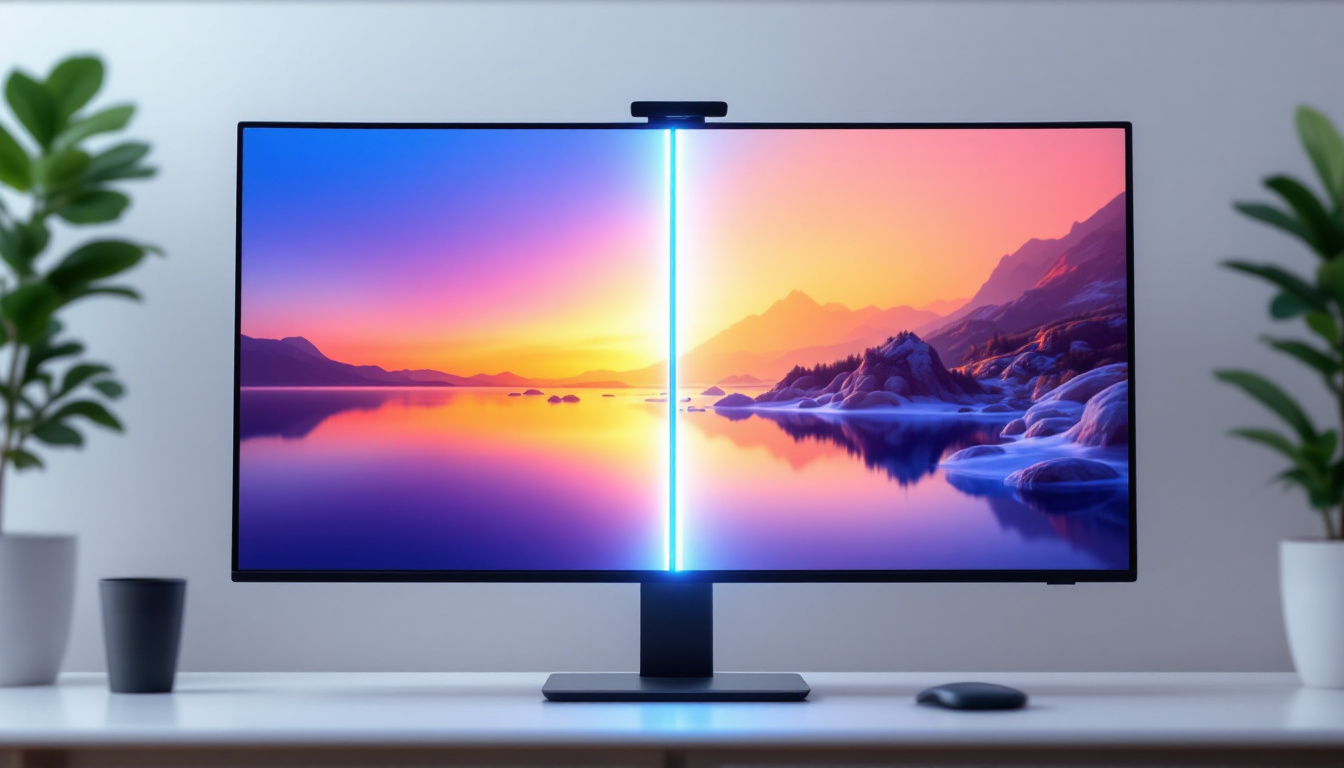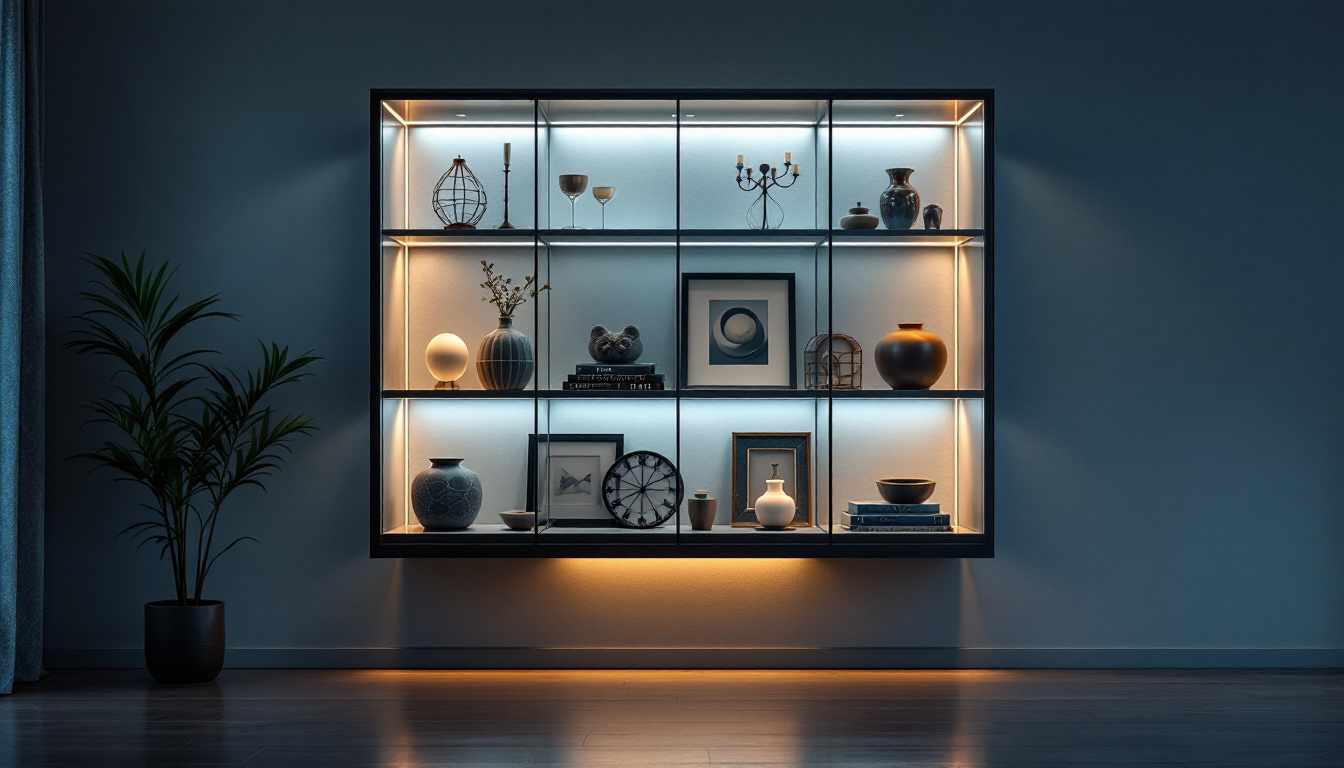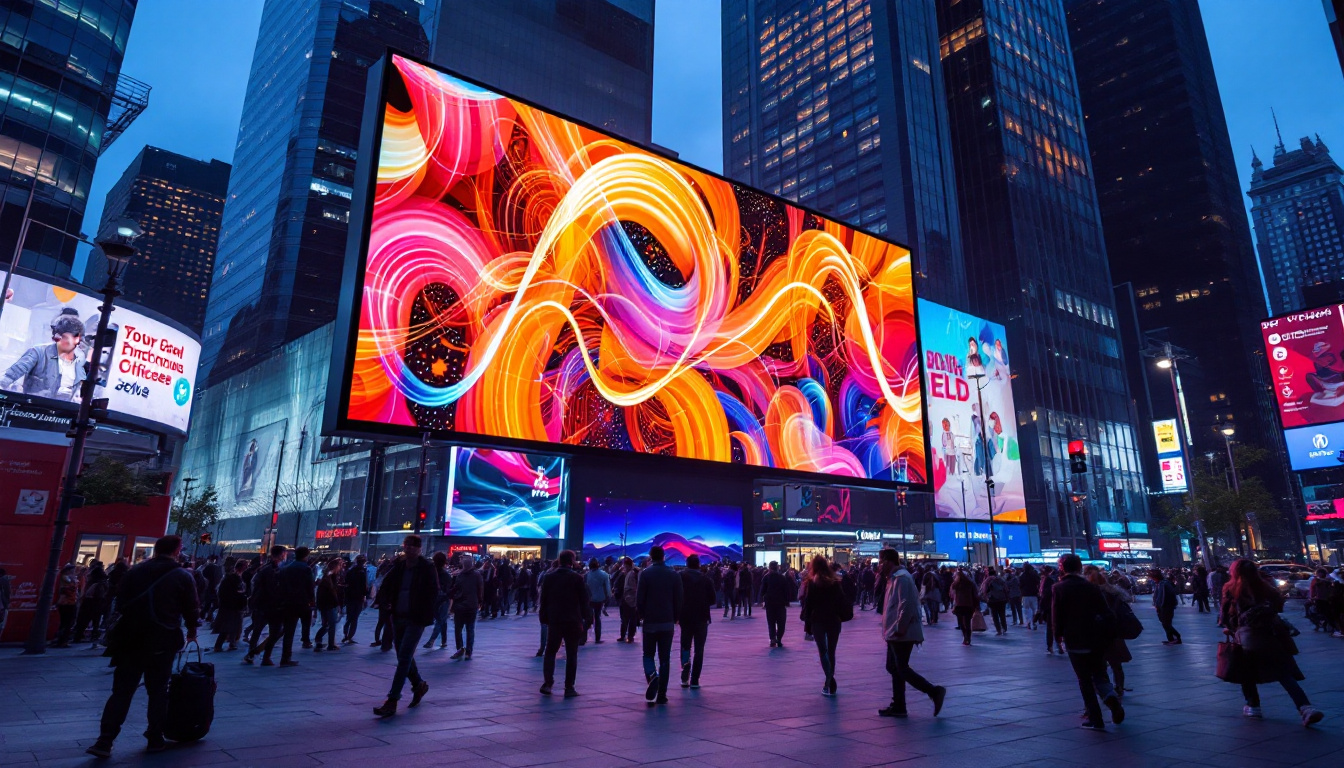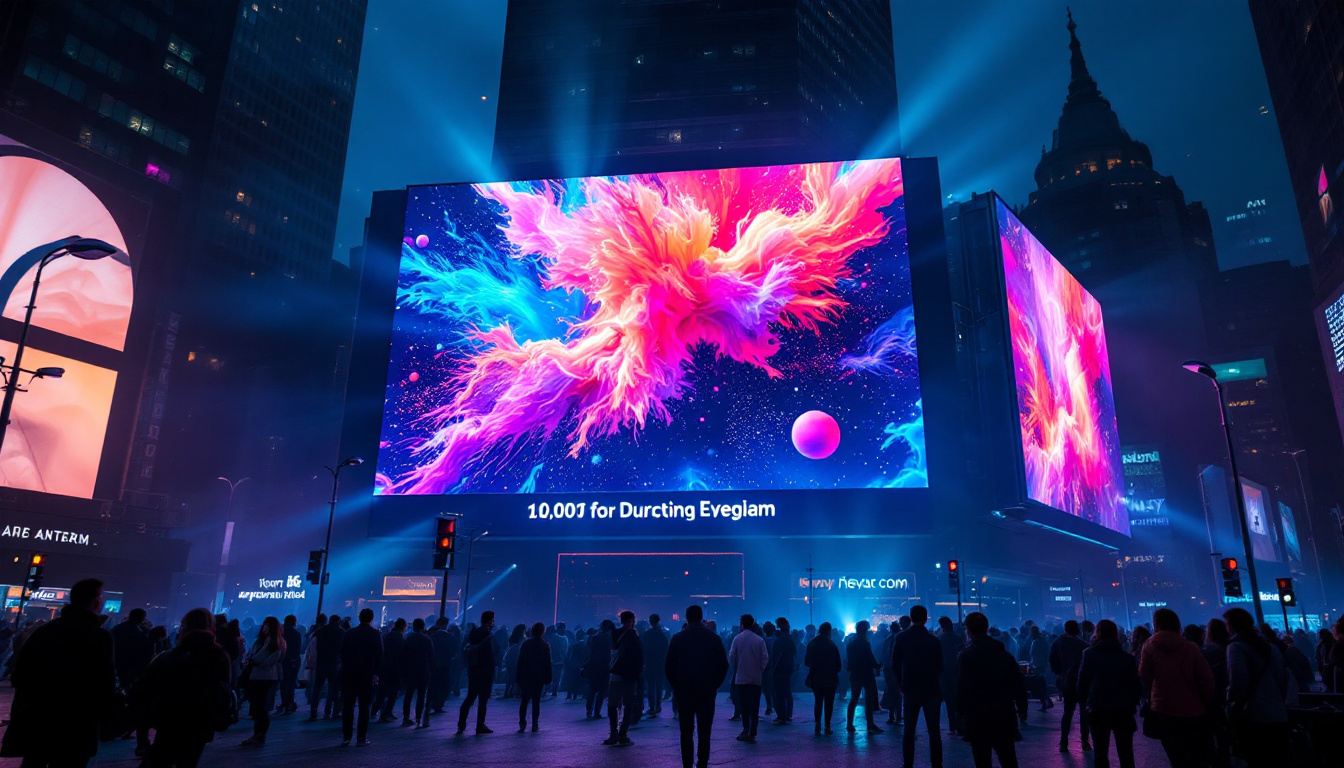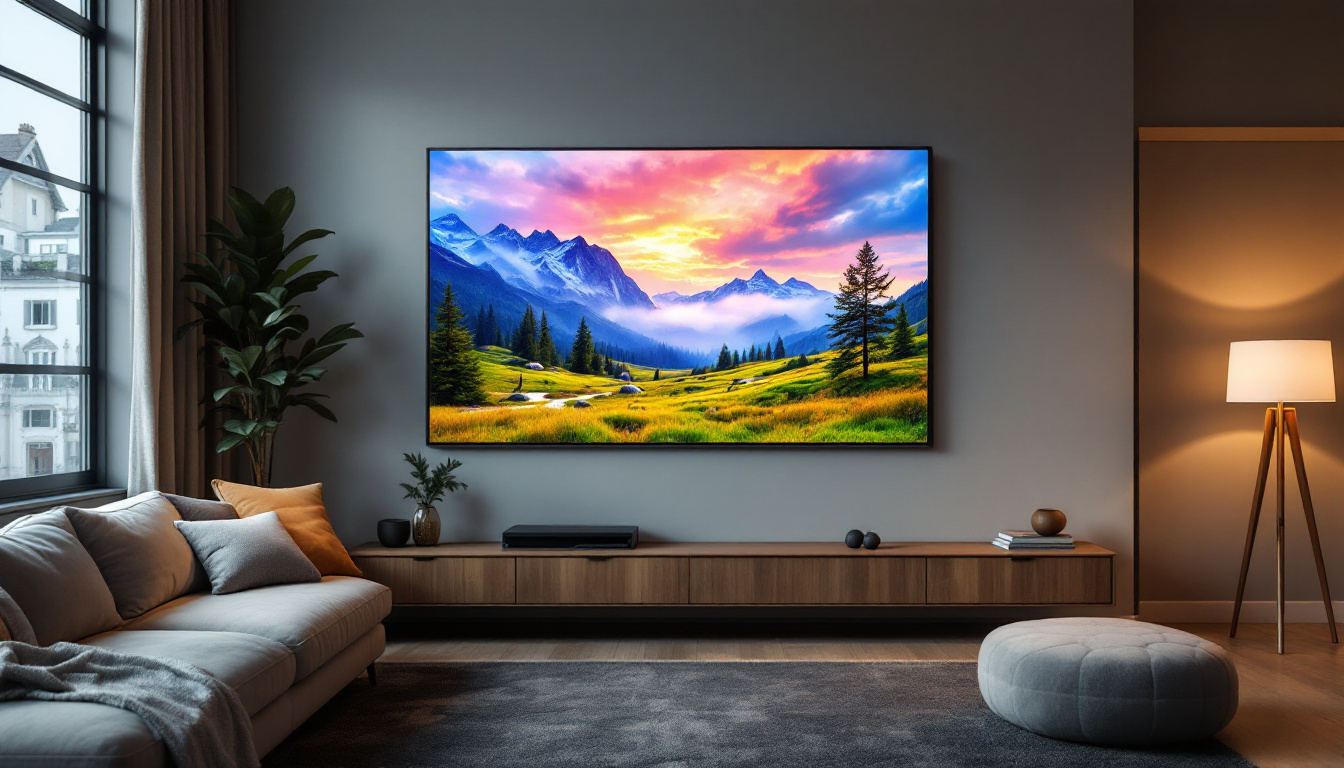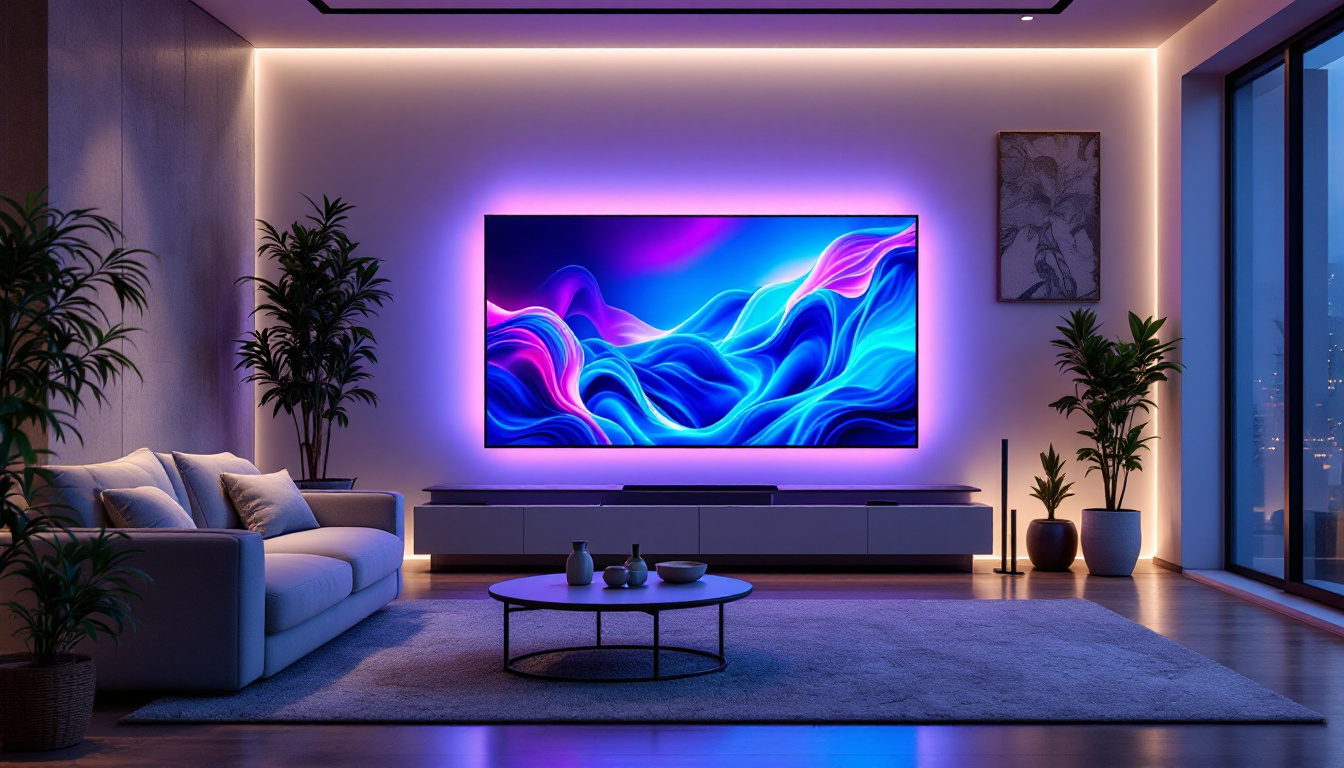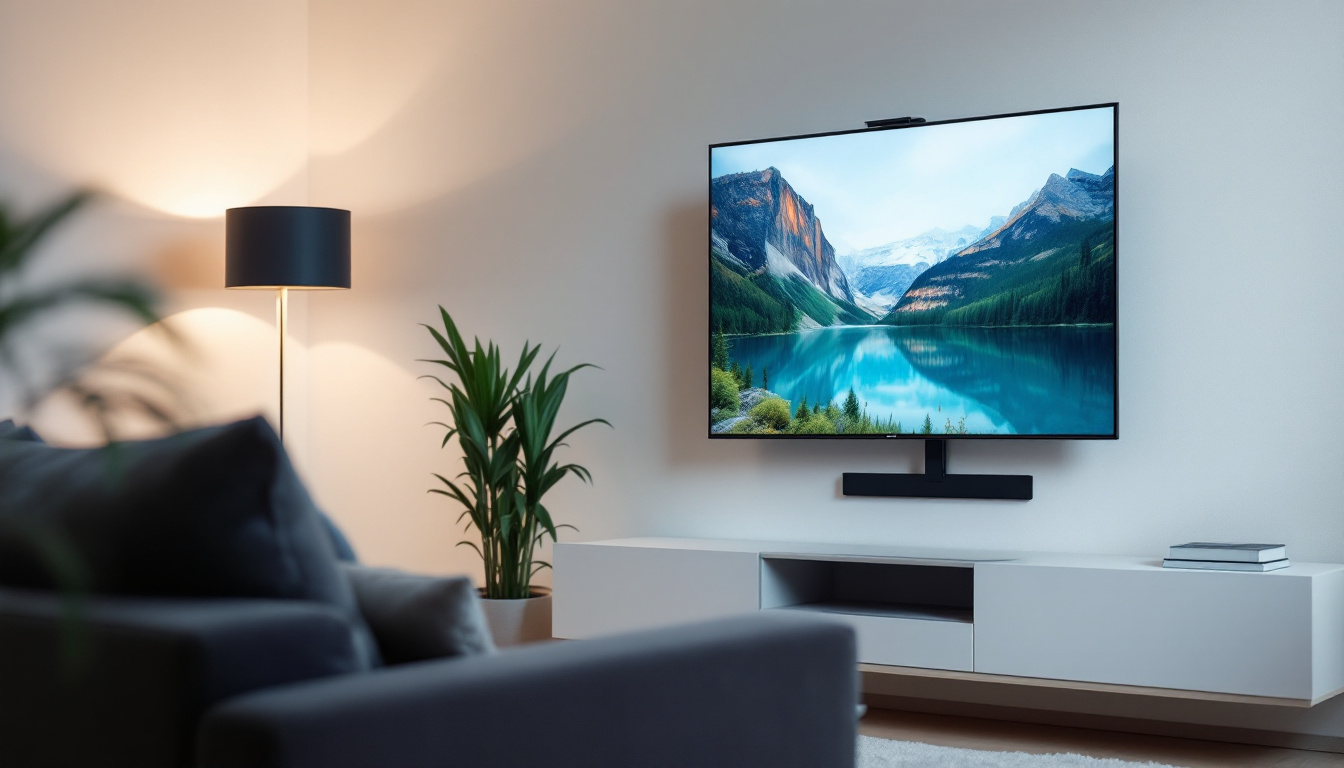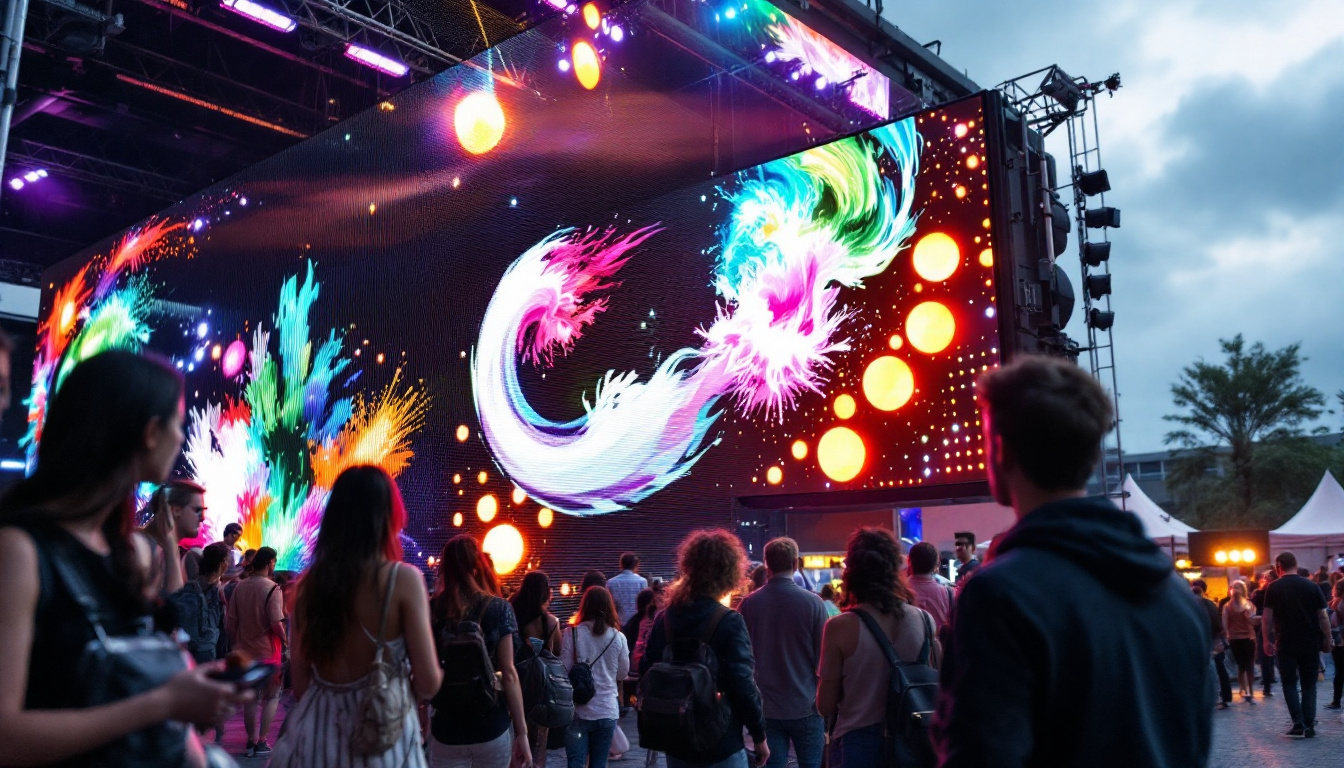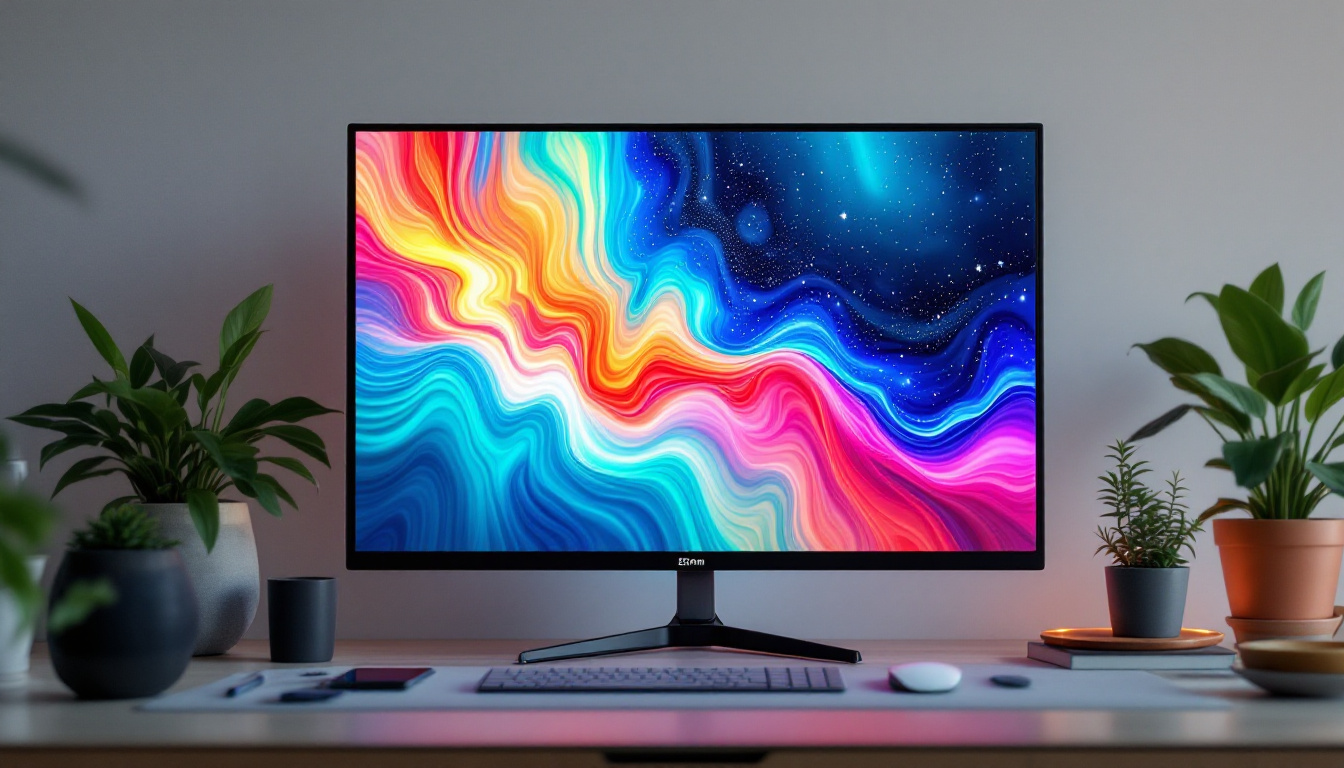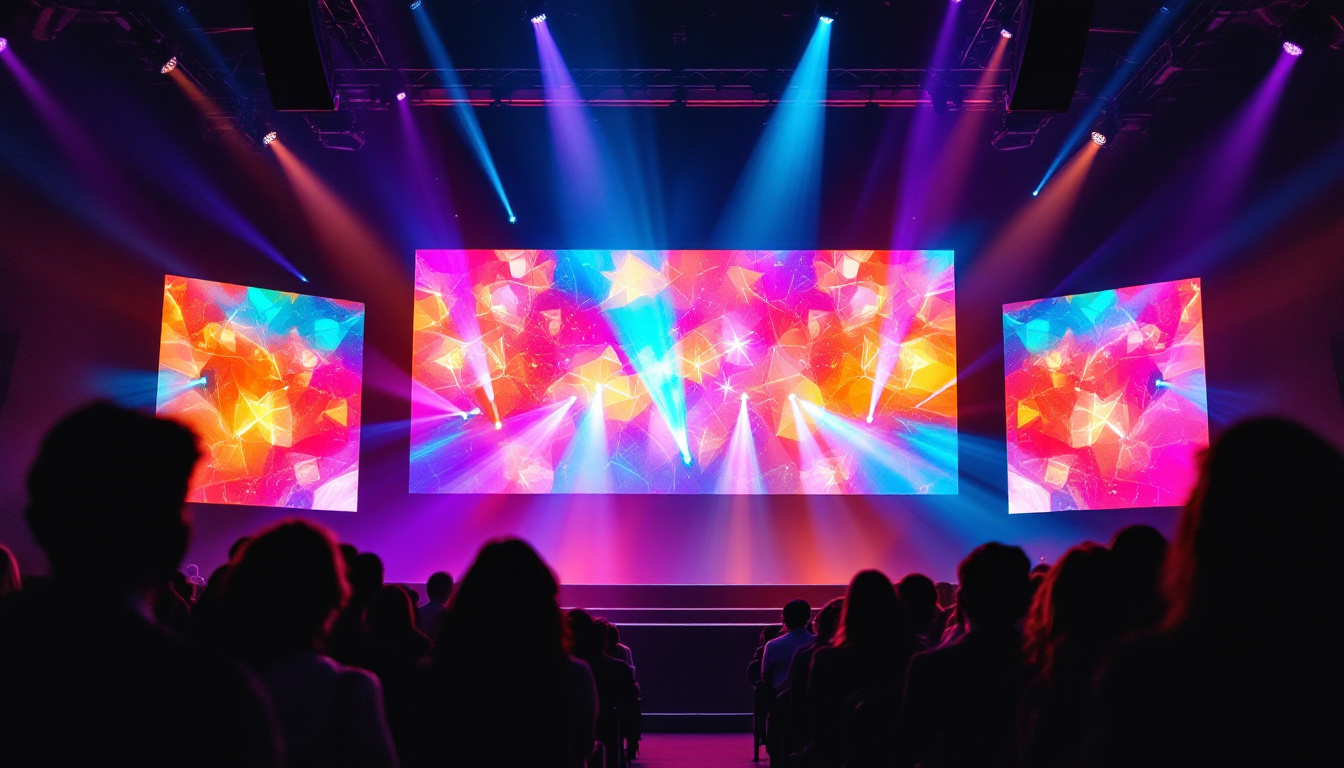In the world of modern technology, LED displays have become ubiquitous, gracing everything from smartphones to large-scale billboards. One of the critical aspects that determine the quality and usability of these displays is the LED viewing angle. Understanding this concept is essential for anyone involved in purchasing, designing, or utilizing LED screens. This article delves into the intricacies of LED viewing angles, their significance, and how they impact the overall viewing experience.
What is LED Viewing Angle?
The LED viewing angle refers to the maximum angle at which a viewer can see the display while still perceiving the content clearly. Beyond this angle, the image may become distorted, colors may wash out, and brightness can diminish significantly. Essentially, the viewing angle defines the optimal range for viewing the display without a loss of quality.
Typically measured in degrees, the viewing angle is crucial for applications where multiple viewers may be positioned at various angles relative to the screen. For instance, in a conference room or a public display, a wider viewing angle ensures that more people can see the content clearly without needing to reposition themselves. This is particularly important in environments where collaboration and engagement are key, such as in classrooms or during presentations, where the ability to view content from different angles can foster better communication and understanding among participants.
Understanding the Measurement
LED displays are often characterized by their horizontal and vertical viewing angles. The horizontal viewing angle describes how far left and right a viewer can be positioned while still seeing the image clearly. In contrast, the vertical viewing angle indicates how far above or below the screen a viewer can be without experiencing a loss in image quality.
Manufacturers typically provide these measurements in degrees. A common standard for high-quality LED displays is a horizontal viewing angle of around 160 degrees and a vertical angle of approximately 140 degrees. However, these values can vary significantly based on the technology used in the display. For example, displays designed for outdoor use may have different specifications to counteract the effects of sunlight and glare, ensuring that the content remains visible even in bright conditions.
Factors Influencing Viewing Angle
Several factors contribute to the viewing angle of an LED display. These include the type of LED technology used, the pixel arrangement, and the screen’s design. Understanding these factors can help consumers make informed decisions when selecting an LED display.
- Type of LED Technology: Different LED technologies, such as OLED, LCD, and traditional LED, have varying viewing angles. For instance, OLED displays typically offer superior viewing angles compared to traditional LED screens, as they emit light directly from each pixel, allowing for consistent color and brightness across a wider range of angles.
- Pixel Arrangement: The arrangement of pixels can also affect the viewing angle. Displays with a closer pixel pitch tend to have better viewing angles, as the light emitted from each pixel is more evenly distributed. This is particularly beneficial for high-resolution displays, where the density of pixels can enhance the overall clarity and detail of the image, regardless of the viewer’s position.
- Screen Design: The physical design of the screen, including its curvature and surface finish, can impact how light is reflected and viewed. Curved screens, for example, can enhance the viewing experience by providing a more immersive angle. Additionally, anti-glare coatings and matte finishes can help reduce reflections and improve visibility in various lighting conditions, making the display more versatile for different environments.
In addition to these factors, the ambient lighting in the viewing area can also play a significant role in the perceived quality of the display. For example, in dimly lit rooms, a wider viewing angle can help maintain image integrity, while in brightly lit spaces, the contrast between the screen and its surroundings can affect how well the content is viewed from different angles. Understanding these dynamics can aid in selecting the right display for specific settings, ensuring that users get the best possible experience.
The Importance of Viewing Angle in Different Applications
The significance of viewing angle varies across different applications. Understanding the specific requirements of each use case can help in selecting the right display technology.
Commercial Displays
In commercial settings, such as retail stores or advertising billboards, a wide viewing angle is crucial. These displays are often viewed by large groups of people from various angles. If the viewing angle is too narrow, potential customers may miss important information or promotional content.
For instance, a digital signage display in a shopping mall should have a wide viewing angle to ensure that shoppers walking from different directions can see the advertisements clearly. This enhances the effectiveness of the marketing strategy and increases customer engagement.
Home Entertainment Systems
In a home theater setup, the viewing angle can significantly affect the overall experience. A wider viewing angle allows for a more flexible seating arrangement, enabling viewers to enjoy movies and shows from various positions in the room.
For those who enjoy hosting movie nights or gaming sessions, selecting a display with a broad viewing angle ensures that everyone in the room can enjoy the content without compromising quality. This is particularly important for larger screens, where viewers may be seated at different distances and angles.
Professional Environments
In professional environments, such as control rooms or conference settings, the viewing angle plays a vital role in collaboration and decision-making. Multiple participants may need to view the same screen simultaneously, and a narrow viewing angle could hinder effective communication.
For instance, in a control room monitoring various data feeds, operators need to see the information clearly from different positions. A display with an optimal viewing angle ensures that all team members can access the same visual data, facilitating better teamwork and quicker responses.
Comparing Different LED Technologies
When considering LED displays, it is essential to understand the differences between various technologies and how they impact the viewing angle. Here, we will compare three primary types: OLED, LCD, and traditional LED.
OLED Displays
Organic Light Emitting Diode (OLED) displays are known for their vibrant colors and deep blacks. One of the standout features of OLED technology is its wide viewing angle. This is primarily due to the way OLED screens emit light directly from each pixel, allowing for consistent color and brightness even at extreme angles.
As a result, OLED displays are often favored for high-end televisions and smartphones, where image quality is paramount. However, they tend to be more expensive than other technologies, which can be a consideration for budget-conscious consumers.
LCD Displays
Liquid Crystal Display (LCD) technology has been a staple in the display market for years. While LCDs can offer good image quality, their viewing angles can be limited, especially in lower-end models. This is due to the use of backlighting and the way light passes through the liquid crystals.
To combat this limitation, manufacturers have developed IPS (In-Plane Switching) technology, which enhances the viewing angles of LCD displays. IPS panels can provide wider viewing angles compared to traditional LCDs, making them a popular choice for monitors and televisions.
Traditional LED Displays
Traditional LED displays, often used in outdoor signage and large-scale displays, can vary significantly in viewing angles depending on their design and technology. These displays typically utilize an array of LEDs to create images and can be designed with various pixel pitches to optimize viewing angles.
While some traditional LED displays can offer impressive viewing angles, others may fall short, particularly if they are designed for specific applications. It’s essential for buyers to evaluate the specifications carefully to ensure they meet their viewing angle requirements.
How to Choose the Right Viewing Angle
Choosing the right viewing angle for an LED display involves considering several factors, including the intended use, the environment, and the audience. Here are some key considerations to keep in mind:
Assess the Environment
The environment in which the display will be used plays a crucial role in determining the necessary viewing angle. For instance, a display intended for outdoor use may require a wider viewing angle to accommodate viewers from various positions and distances.
In contrast, a display for a small conference room may not need as wide an angle, allowing for more flexibility in terms of screen size and resolution. Understanding the specific environment will help narrow down the options and ensure the display meets the needs of its users.
Consider the Audience
The audience’s size and positioning are also critical factors. For large gatherings or public displays, a wider viewing angle is essential to ensure that everyone can see the content clearly. Conversely, for smaller groups or personal use, a narrower viewing angle may suffice.
Additionally, consider the demographics of the audience. For example, if the display will be used in a setting where viewers may be seated at different heights, such as a theater, a wider vertical viewing angle becomes increasingly important.
Evaluate the Display Technology
Finally, evaluating the display technology is vital in determining the optimal viewing angle. Different technologies offer varying performance levels, and understanding these differences can guide purchasing decisions.
For high-end applications where image quality is paramount, investing in OLED technology may be worthwhile. However, for more budget-conscious projects, IPS LCDs or traditional LED displays may provide a suitable balance between cost and performance.
Conclusion
The LED viewing angle is a crucial aspect of display technology that significantly impacts the overall viewing experience. Understanding this concept allows consumers and professionals to make informed decisions when selecting displays for various applications.
From commercial advertising to home entertainment and professional environments, the importance of a suitable viewing angle cannot be overstated. By considering the environment, audience, and display technology, individuals can ensure they choose the right LED display that meets their needs and enhances the viewing experience.
As technology continues to evolve, staying informed about advancements in LED display technology and viewing angles will be essential for anyone looking to invest in high-quality visual solutions. Whether for personal use or professional applications, understanding the nuances of LED viewing angles can lead to better choices and improved outcomes.
Discover the Perfect LED Display with LumenMatrix
Ready to experience the ultimate in LED display technology? Look no further than LumenMatrix, where innovation meets visual brilliance. Our extensive range of LED display solutions, from Indoor and Outdoor LED Walls to specialized displays for Vehicles, Sports, and even Custom configurations, is designed to meet your unique needs. Embrace the power of exceptional viewing angles and unparalleled image quality with LumenMatrix. Check out LumenMatrix LED Display Solutions today and transform your visual communication into an unforgettable experience.



